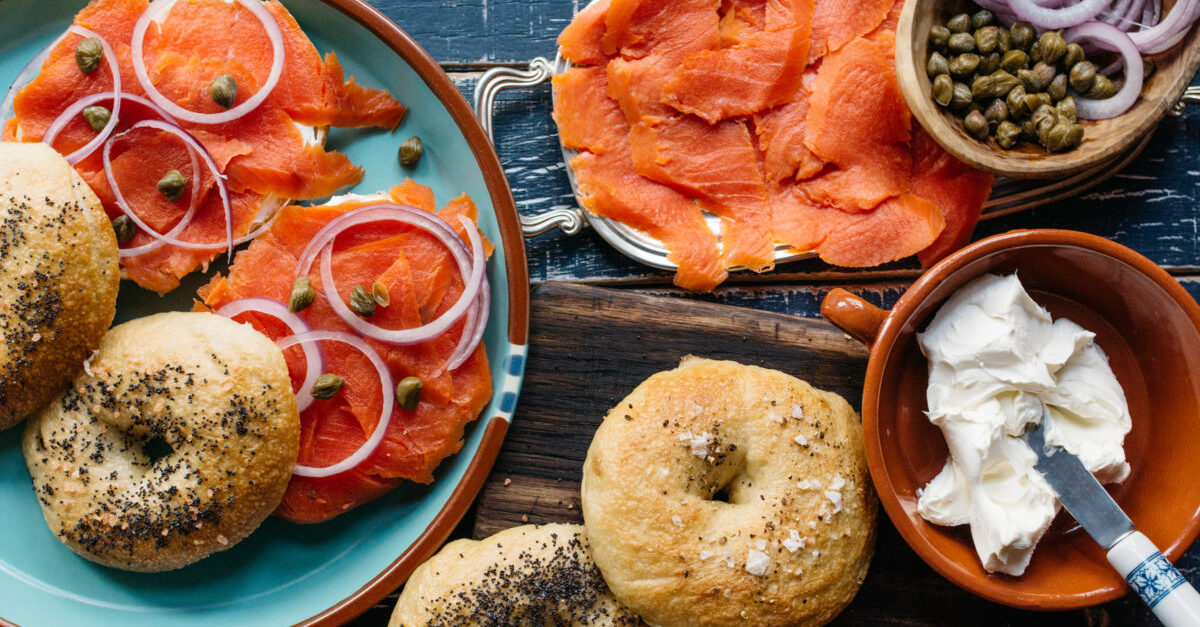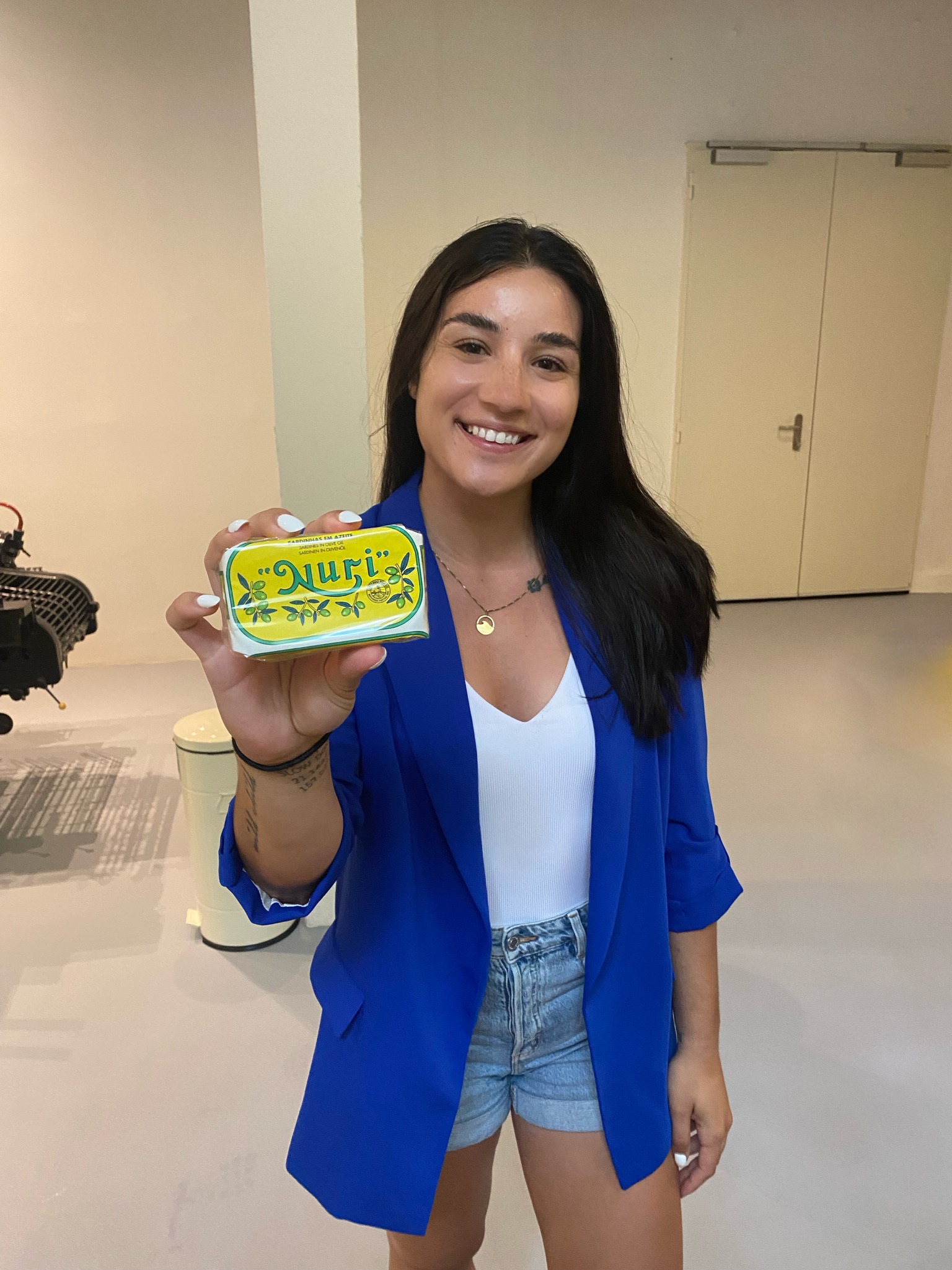
Exploring Portugal’s Sardine Tradition with Pinhais
A visit to Portugal is not complete without enjoying one of the country’s most prized culinary delights: sardines.
Tinned seafood has become just as trendy as chokers in the 90s. With creative tin designs and the promise of providing a high-quality, environmentally friendly protein choice, millennials are becoming more obsessed with tinned seafood than avocado toast.
As a millennial myself, I plead guilty. I mean, it is obvious from the dozens of blogs and social media posts about tinned seafood that I am a BIG FAN.
Which is why on my recent trip to Portugal, I insisted on heading to the port town of Matosinhos to visit Conservas Pinhais e Cia, one of the oldest canneries in Portugal and the only one on the mainland that still performs the entire canning process by hand.
Pinhais is still a fully functioning cannery, but at the end of 2021, it also turned its phenomenal story into an interactive museum and tour, where visitors can learn more about the history of the company and the tradition of canning sardines in Portugal.
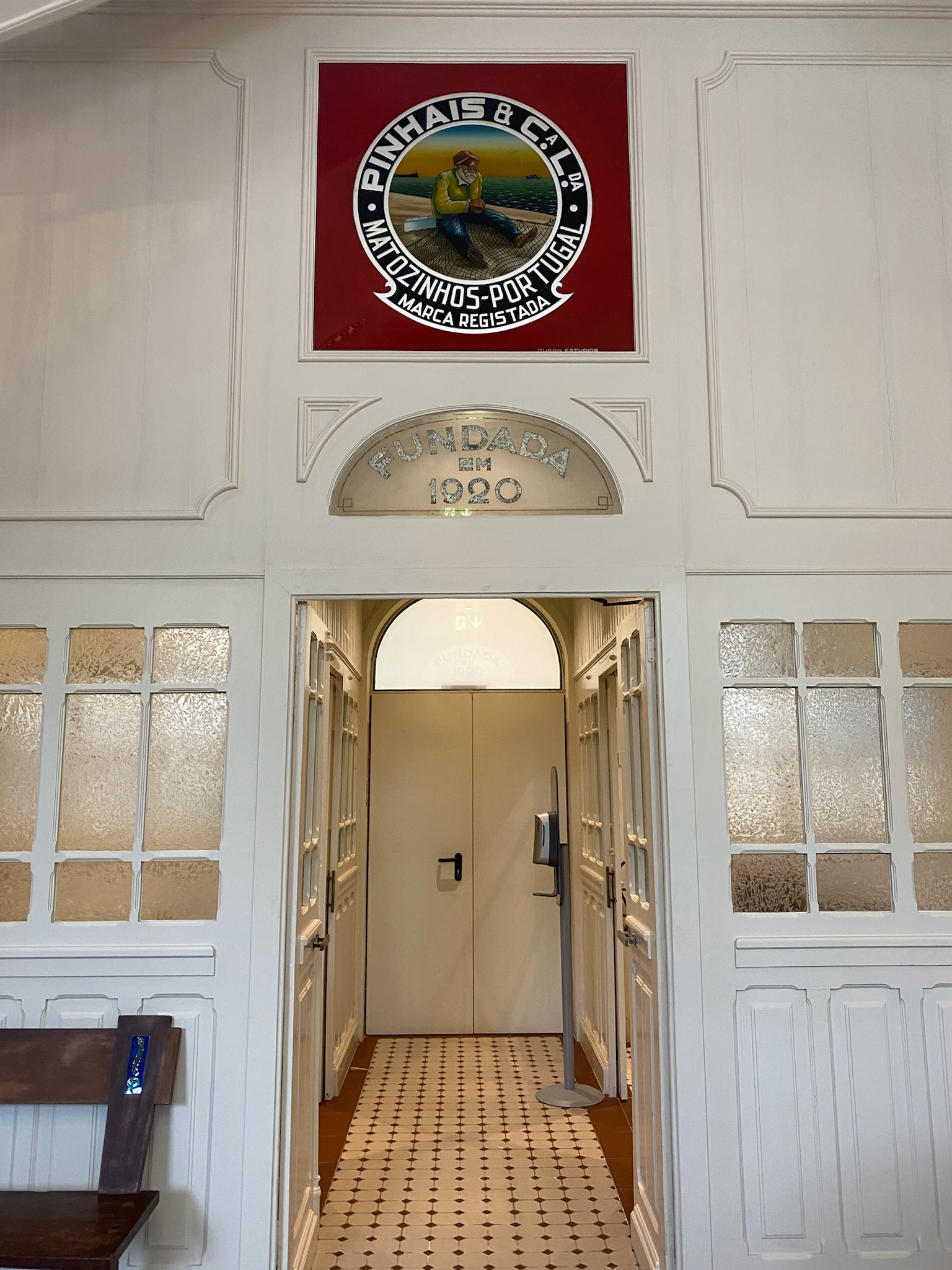
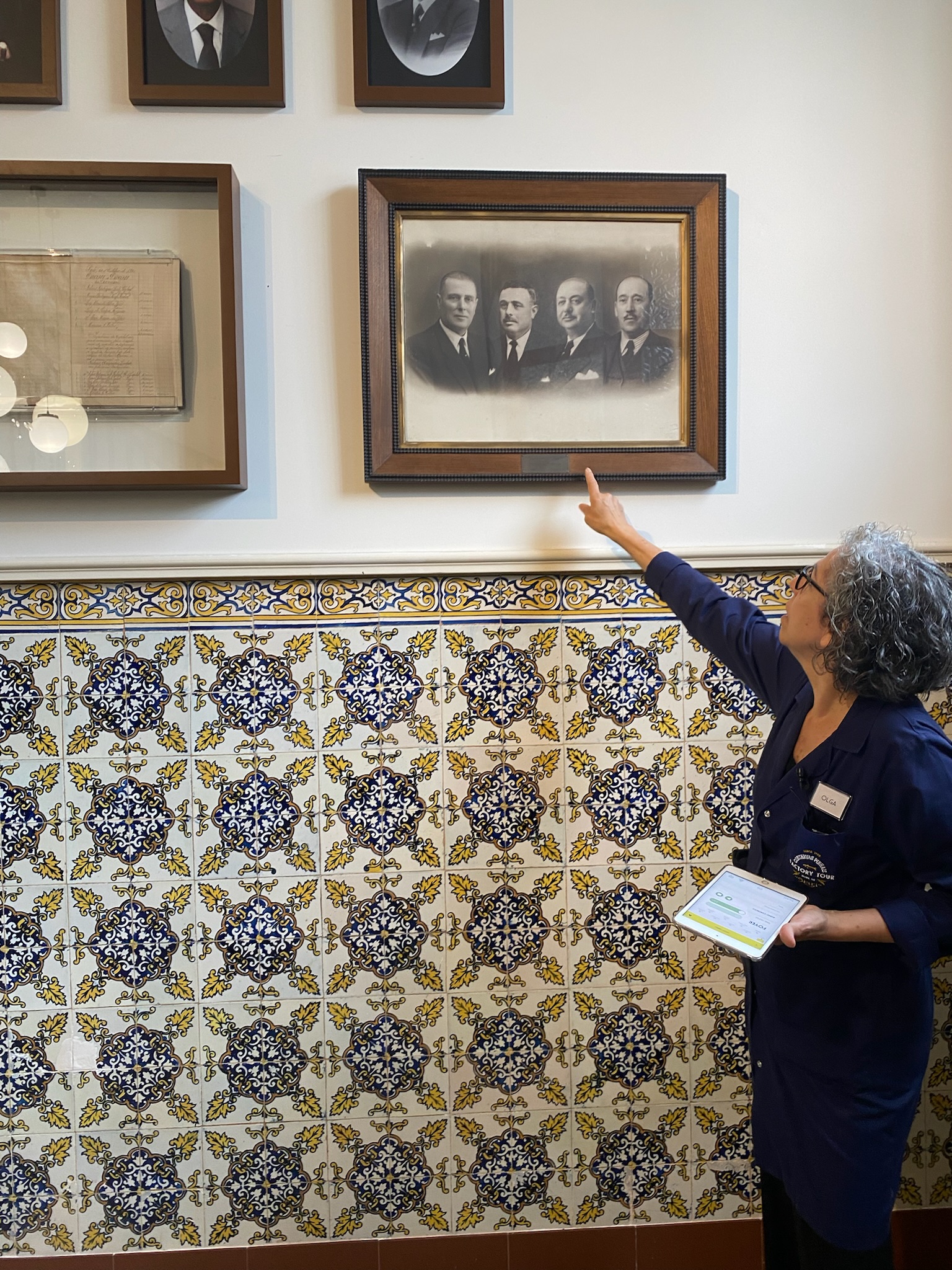
A long standing tradition
While the first commercial cannery opened in Portugal in 1853, the practice of canning seafood in Portugal can actually be traced back to the Iron Age, when the Phoenicians and Greeks caught wild sardines off the coast of Portugal and preserved them in containers filled with salt.
Throughout the early 1900’s, entrepreneurs from other European countries began flocking to Portugal due to the “sardine gold rush” in the country. While other countries were experiencing a shortage, Portugal was swimming in a high supply of sardines. Portugal continued to expand its conserved fish production through the two great wars, supplying soldiers with easy-to-transport, nutritious, and long-lasting food, and as more canneries popped up, Portugal solidified its position as one of the globe’s epicenters of the tinned fish business.
Since then, the Portuguese have remained active in the improvement of new canning techniques, which has made the product a speciality in the country. The convenience of the canned fish continued after the war and became part of the daily lives of Portuguese families.
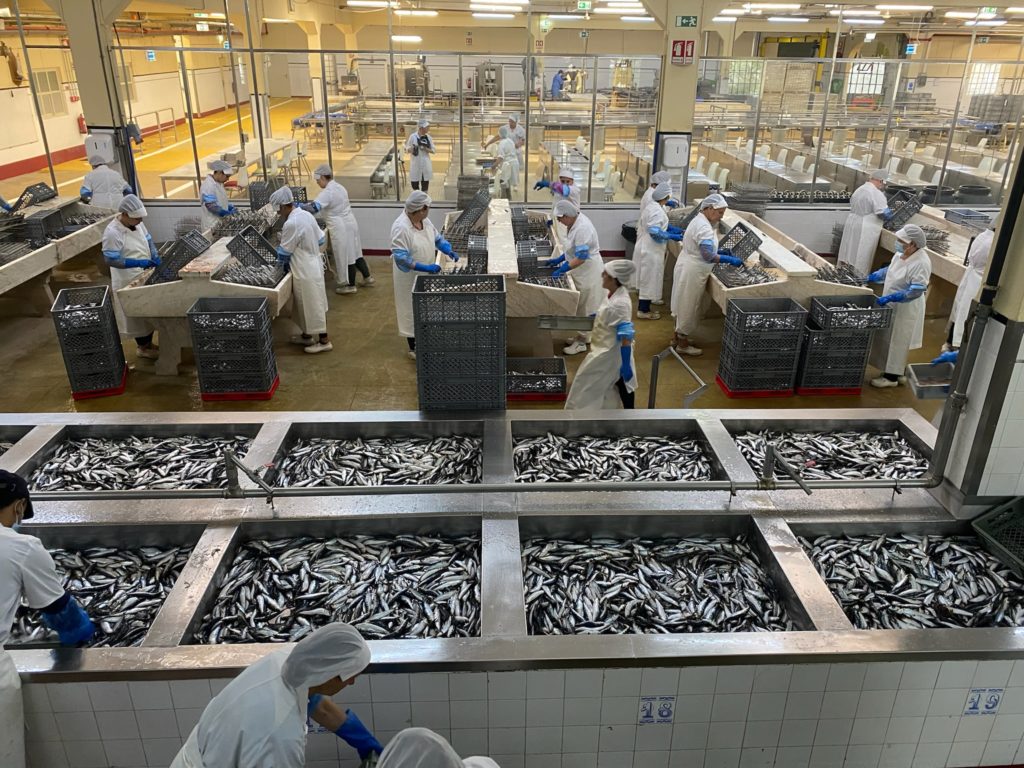
Conservas Pinhais e Cia
In 1920, Pinhais was founded by two fishermen brothers who were drawn to Matasinhos by its bountiful seafood harvests. The company was built on three core values: family, tradition, and uniqueness. These values shine clearly through each Pinhais product, which is still to this day, carefully packaged by the hands of local women, using only the highest-quality ingredients.
The factory workers at Pinhais are mostly female due to tradition. Historically, men went to sea while women stayed behind to manage the catch.
Pinhais sardines only contain six fresh ingredients – the tomato sauce is even made on the same day it goes into the can! It doesn’t get fresher than that! In addition to the freshest, simplest, and highest-quality ingredients, Pinhais only uses 100% pure olive oil, sourced from the neary Douro Valley. Not only does the pure olive oil improve the tastes, but it also extends the longevity of the cans.
While Matasinhos used to be home to nearly 50 canneries, today only two remain. While the industry was booming in the early 1900s, Portugal’s canning industry suffered many major hits over the years including a petrol and oil crisis, the 2010 financial crisis, a dictatorship, and most recently, the COVID-19 pandemic. Many large canneries moved production to West Africa, while the small independent canneries that remained either closed or became mechanized.
But Pinhais has managed to persevere despite the challenges, which is why they’ve earned a reputation as one of the best tinned-fish producers in the country. And all the while, they’ve stayed true to their traditional ways of producing sardines, which visitors can get a first-hand look at during a tour of the factory.
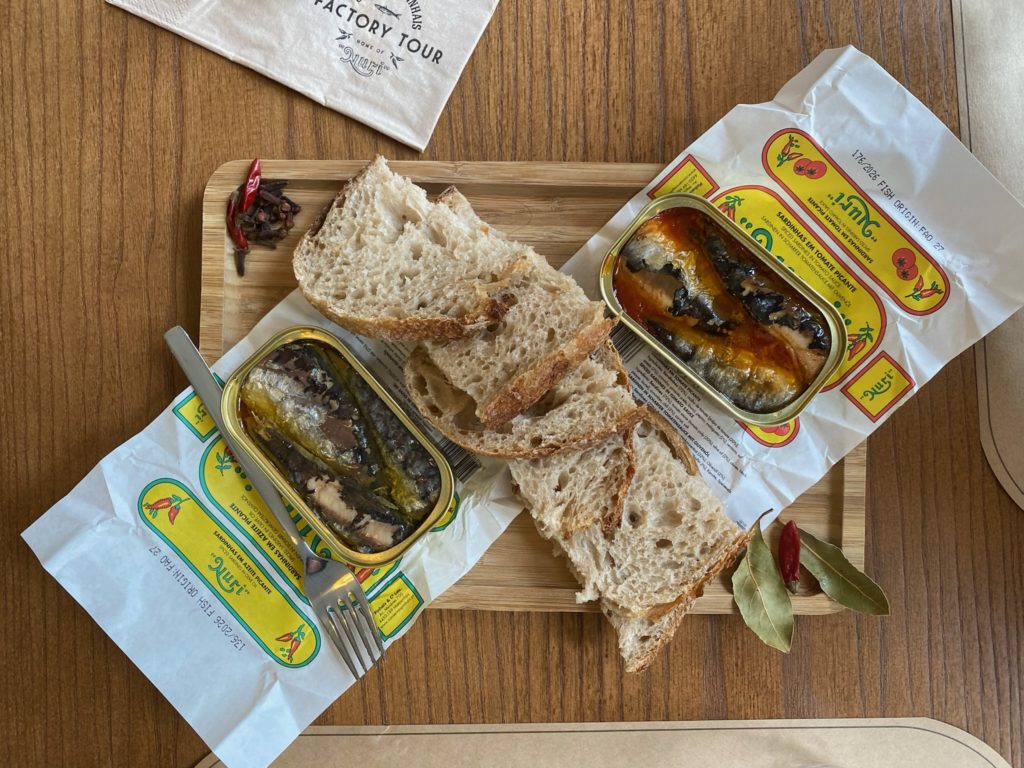
The Pinhas Factory Tour
The 90-minute tour begins with a short video dedicated to the families of fishermen who endure enormous stress and uncertainty while their loved ones are at sea. Visitors then get to travel through some of the rooms and offices in Pinhais that date back to 1926.
At the culmination of another short film about the ingredients inside Pinhais sardine cans, the projector screen rolls up to reveal a window into the factory floor below, where workers can be seen sorting the fresh sardines that have just come in from the harbour.
Since our visit happened at the height of sardine season, we were able to see the early stages of the canning process, where the highest quality sardines which have been selected by Pinhais experts arrive at the factory and are soaked, sorted, gutted, cleaned, and cooked.
Another unique aspect of the Pinhais canning process is that the sardines are cooked before they go in the tins. Whereas other canneries cook their sardines in the tins, Pinhais cooks them beforehand, in pure steam for about 5-13 minutes. This is one of the reasons why you don’t have to debone Pinhais sardines. You can just dive right in!
Throughout the factory, Pinhais also upholds a zero-waste policy. Whatever they don’t use, such as the heads and lower quality sardines, gets picked up by a local company who uses the remains in fish flour or pet food.
The final step of the canning process involves wrapping the tin plate can in the signature Pinhais paper. This step is also done completely by hand. The women wrap the tins at lightning speed, making it seem so easy! And as a natural Christmas gift wrapper, I was sure I’d be a pro at it. While my wrapping attempt was only slightly crooked, it was definitely not up to the Pinhais speed – I’m not sure I could keep up with the women wrapping up to 28,000 tins a day!
We are still rewarded at the end of the tour nonetheless, getting a chance to sample some of the sardines with some bread from a local bakery in the Can-Tin Café. The sardines are, of course, delicious. The spicy olive oil is my personal favourite! I highly recommend it and if you find yourself in the Porto area, I highly, highly recommend visiting the Pinhais factory. It’s open 7 days a week and visitors can take the 90-minute tour for only 14 euros. And being centrally located in Matosinhos means that after the tour you can hit the beach or grab a bite at a local seafood restaurant.
But, are sardines sustainable?
Stay tuned for part two of this post, where we are digging into the sustainability of Sardina Pilchardus (European sardines) and other small pelagics.


